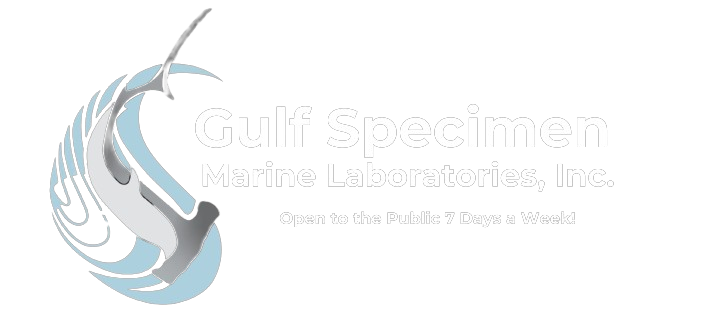
What is a horseshoe crab molt?
Horseshoes crabs are arthropods. Arthropods are animals that do not have a spine but do have a hard outside shell. The shell is made of a special protein called chitin. As the animal grows, the outside hard shell gets too small for the animal. It has to shed the old shell before it can grow. This is called molting. Watch this horseshoe crab molting.
The crab will grow an entirely new shell underneath the old shell. The new shell is soft at first. When the new shell is ready, the old shell is split in front and the horseshoe crab wiggled out of the old shell. The horseshoe crab then used water to inflate the new soft shell until it is big enough. The new shell will harden in the bigger size. No horseshoe crab is hurt by buying and keeping a horseshoe crab molt. The horseshoe crab doesn’t need the old shell anymore.
If you have a horseshoe crab molt you can be happy knowing the horseshoe crab who made it might still be swimming out in the ocean.
How many times will a horseshoe crab molt?
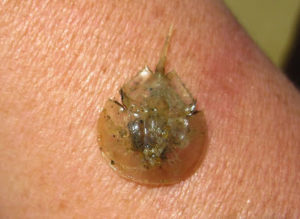
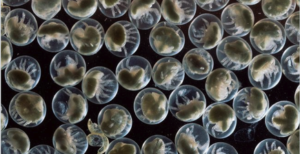

Horseshoe crabs come from very small eggs and they grow quickly. They undergo 16 (males) or 17 (females) molts up until they reach sexual maturity. After that, their carapace is their forever home and the damage and epiphytes on their carapace help to age them once they stop growing.
How big do horseshoe crabs get?
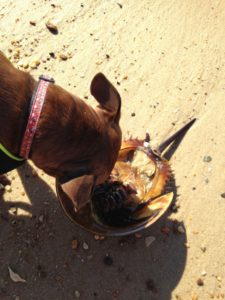
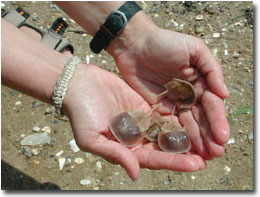
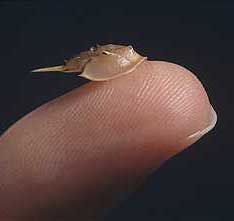
Horseshoe crabs can grow as long as 60cm or 2ft or about as a long as a cat. You could find small, medium or large horseshoe crab molts on the beach.
Can horseshoe crabs hurt me?
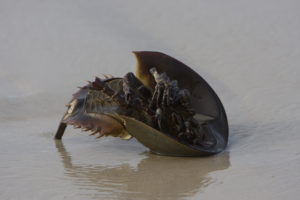
Horseshoe crabs look scary but they can’t hurt people. They swim upside down. They use their long sharp tail to turn over and to steer as they swim. They do not sting or stab people.
How long have horseshoe crabs been around?
Horseshoe crabs have been on earth from long before dinosaurs. They are a very old form of life.
Do Living Horseshoe crabs ever come on land?

Yes! Horseshoe crabs crawl up onto the beach to lay their eggs. Sometimes the beach can be covered with horseshoe crabs. A good time to see living horseshoes crabs is to go to the beach at night on a full moon at high tide in spring or fall.

Horseshoe crabs lay many eggs on the beach. Only a few will grow up to become horseshoe crabs. Most will be eaten. Horseshoes crabs eggs are very important food for many other animals.
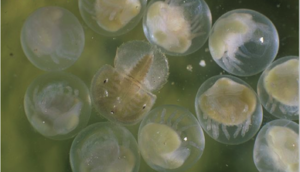
Every year some of the eggs survive and the baby horseshoe crabs crawl out and return to the sea. As they grow, their shell gets too small and they have to molt. Their molt can end up on the beach where people can find them and keep them.
Where can I learn more about horseshoe crabs?
You can come and see horseshoe crabs at Gulf Specimen Marine Lab and Aquarium
Some interesting websites are listed below.
Florida Fish and Wildlife Commission
Wikipedia Atlantic Horseshoe Crab Page
The Horseshoe Crab: Natural History, Anatomy, Conservation and Current Research
